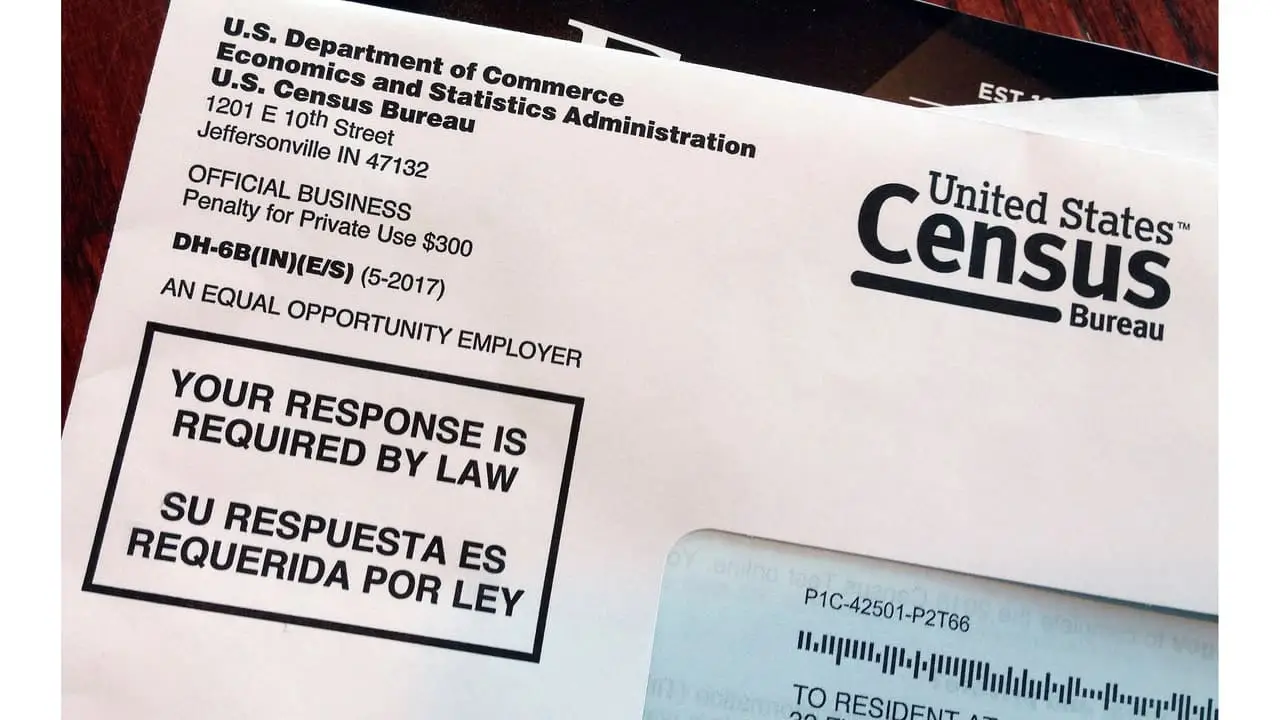An internal team at the Census Bureau claims that the primary personal data collected from over one hundred million Americans during the 2010 count can be reconstructed from encrypted information. However, it will be with plenty of mistakes, a top agency official disclosed Saturday.
Expert comments came in from chief scientist John Abowd, former agency chief Kenneth Prewitt, Duke University Statistics professor Jerome Reiter, Duke University computer sciences faculty member Ashwin Machanavajjhala and Groves.
The age, gender, location, race, and ethnicity for 138 million individuals were supposedly unprotected. So far, only internal hacking teams seem to have discovered such details at potential risk, and no outside groups are known to have grabbed information intended to remain private for seventy-two years, chief scientist John Abowd told in a scientific conference.
Abowd said only policy officials, not engineers or scientists, will be creating that call. The proper decision on the official privacy or accuracy setting for 2020 has not been established.
Some former agency chiefs share their concern that the potential privacy problem will add to the worries that individuals can avoid answering or lie on the once in every 10-year survey due to the Trump administration’s trying to add a much-debated citizenship question. The eight billion pieces of statistics in census information are supposed to jumble in a way so what is released in public for research cannot identify people for more than seven decades.
The Supreme Court on Friday declared that it might rule on that proposed question, which has been criticized for being political and not adequately tested in the field. The census count is massively important, helping with the allocation of seats in the House of Representatives and distribution of billions of dollars in federal money.
Past agency Chief Kenneth Prewitt, a professor of policy at Columbia University, said the necessary information such as age and ethnicity, whether or not publically discovered, isn’t as massive a deal as other information breaches.
In the year 2010, the Bureau of the Census did this by swapping similar family information from one town to a different.
Complicated mathematical algorithms are a part of the new system. These algorithms apparently inject “noise” into the information, making it harder to get correct information and providing “a very strong guarantee” of privacy, said Duke University computer sciences faculty member Ashwin Machanavajjhala.
Groves said some intellectual, technical experts have severe problems with the citizenship question in the USA because it has not been tested in the field. The Census Bureau is now scrapping its old data protection technique for a state of the art method that Abowd claimed is far better than Google’s or Apple’s.
In the internal tests, Abowd said, officials were able to match of forty-five percent of the people who answered the 2010 census with proper information from public and business information sets, social media such as Facebook. But errors were few, and in this technique, only data for fifty-two million individuals would be entirely correct little over (1-in-6) of the USA population.















Leave a Reply